Banchan literally means “side dish,” but this translation doesn’t really capture its significance. A typical Korean meal features anywhere from 3 to 12 different banchan varieties simultaneously, and in many ways they are just as important to the experience as the “main course”.
Unlike Western appetizers, banchan is served alongside the main course, not before it. Each person at the table shares from the same banchan dishes, and some banchan varieties are meant to be refilled throughout the meal (called gongjinban or “unlimited side dishes”), particularly in restaurants, while others are served in limited portions.
Sigeumchi Namul: A Classic Banchan
Sigeumchi namul or Korean seasoned spinach holds a place of honor for its simplicity, nutritional value, and versatility. “Namul” refers to seasoned vegetable dishes, a subcategory of banchan with vegetables dressed with minimal seasonings.
Sigeumchi namul is spinach, quickly blanched to preserve color and nutrients, then lightly seasoned with staple Korean ingredients—sesame oil, garlic, and soy sauce.
Delicious!
Step By Step Guide to Making Sigeumchi Namul: Korean Spinach Banchan
Step 1: Prepare Spinach
Remove any roots or tough stems from spinach.
Wash spinach thoroughly in cold water 2-3 times, removing all dirt and grit. Set aside.
Step 2: Mix Sauce Ingredients
In a large bowl, combine minced garlic, thinly sliced green onion, soy sauce (or tamari), and sesame oil. Stir well to combine flavors evenly. Set aside.
Step 3: Blanch the Spinach
Bring a medium-sized pot of water to a rolling boil. Add 1 teaspoon sea salt to the water.
Add spinach to boiling water and blanch quickly for exactly 30 seconds. Immediately remove spinach and drain.
Step 4: Shock and Drain Spinach
Rinse blanched spinach under cold running water to halt cooking. Repeat rinsing 3 times.
Gently but firmly squeeze excess water from spinach until it feels dry but remains soft.
Step 5: Season and Mix
Roughly chop spinach into bite-sized pieces, then place into the bowl containing the sauce.
Toss spinach gently by hand or with tongs, evenly coating it with the seasoning mixture.
Step 6: Serve
Transfer spinach to a serving plate or bowl.
Sprinkle evenly with toasted sesame seeds before serving.
Korean Spinach Banchan FAQ
Can I use frozen spinach?
Fresh spinach is best. Frozen spinach is too watery and lacks ideal texture.
Is this dish gluten-free?
Use tamari instead of soy sauce for a gluten-free option.
How do I store leftovers?
Store in a sealed container in the refrigerator for 2-3 days.
Can I skip the blanching step?
Blanching softens the spinach and removes bitterness, making it essential.
Can I add spice?
Yes, adding Korean chili flakes (gochugaru) or chili paste (gochujang) gives it heat.
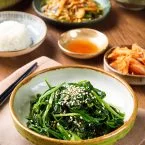
Sigeumchi-Namul: Korean Spinach Banchan
- Total Time: 11 mins
- Yield: Serves 2
Description
Korean Spinach Banchan, known as Sigeumchi Namul, is a traditional Korean side dish with fresh spinach quickly blanched, seasoned lightly with soy sauce, garlic, sesame oil, and garnished with toasted sesame seeds.
Ingredients
7 ounces (200 grams) fresh spinach (leaves and stems), roots removed
2 cloves garlic, minced finely
1 green onion, thinly sliced
1 1/2 tablespoons soy sauce (or tamari for gluten-free option)
1/2 tablespoon sesame oil
1/2 tablespoon toasted sesame seeds
1 teaspoon sea salt (for blanching water)
Instructions
Step 1: Prepare Spinach
-
Remove any roots or tough stems from spinach.
-
Wash spinach thoroughly in cold water 2-3 times, removing all dirt and grit. Set aside.
Step 2: Mix Sauce Ingredients
-
In a large bowl, combine minced garlic, thinly sliced green onion, soy sauce (or tamari), and sesame oil. Stir well to combine flavors evenly. Set aside.
Step 3: Blanch the Spinach
-
Bring a medium-sized pot of water to a rolling boil. Add 1 teaspoon sea salt to the water.
-
Add spinach to boiling water and blanch quickly for exactly 30 seconds. Immediately remove spinach and drain.
Step 4: Shock and Drain Spinach
-
Rinse blanched spinach under cold running water to halt cooking. Repeat rinsing 3 times.
-
Gently but firmly squeeze excess water from spinach until it feels dry but remains soft.
Step 5: Season and Mix
-
Roughly chop spinach into bite-sized pieces, then place into the bowl containing the sauce.
-
Toss spinach gently by hand or with tongs, evenly coating it with the seasoning mixture.
Step 6: Serve
-
Transfer spinach to a serving plate or bowl.
-
Sprinkle evenly with toasted sesame seeds before serving.
Notes
Be sure not to over-blanch spinach; 30 seconds is ideal to maintain vibrant color and texture.
Gently squeeze spinach; too much force will break the leaves.
Can be served chilled or at room temperature.
Store leftovers refrigerated in an airtight container up to 2-3 days.
- Prep Time: 10 mins
- Cook Time: 1 min
- Category: Side Dish
- Method: Blanching
- Cuisine: Korean
Nutrition
- Serving Size: 1/2 Cup
- Calories: 65
- Sugar: 0.5g
- Sodium: 400mg
- Fat: 4.5g
- Saturated Fat: 0.5g
- Unsaturated Fat: 4g
- Trans Fat: 0g
- Carbohydrates: 4g
- Fiber: 2g
- Protein: 3g
- Cholesterol: 0g
If you liked this, you are going to love these favorite Korean recipes:






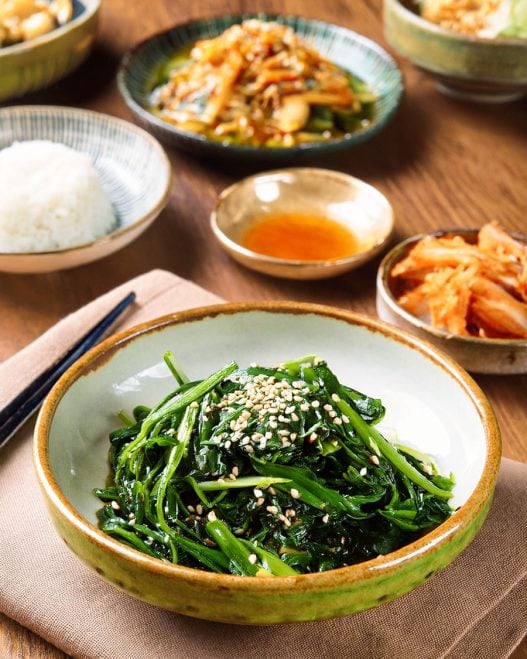
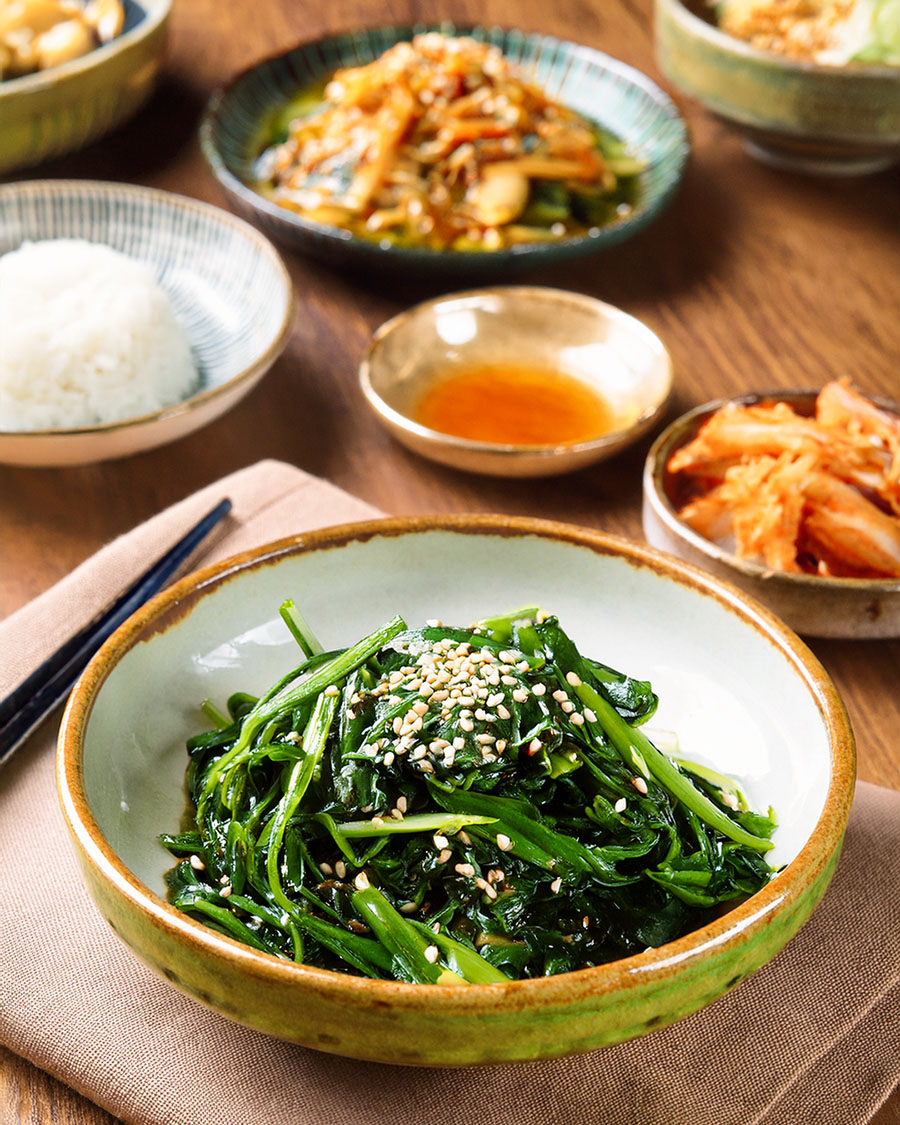


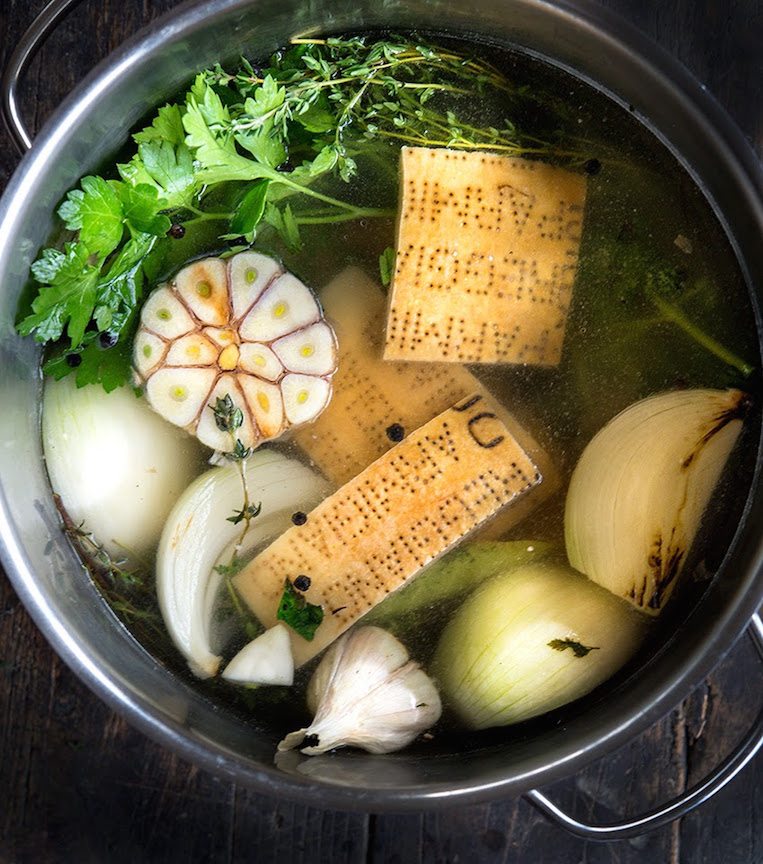

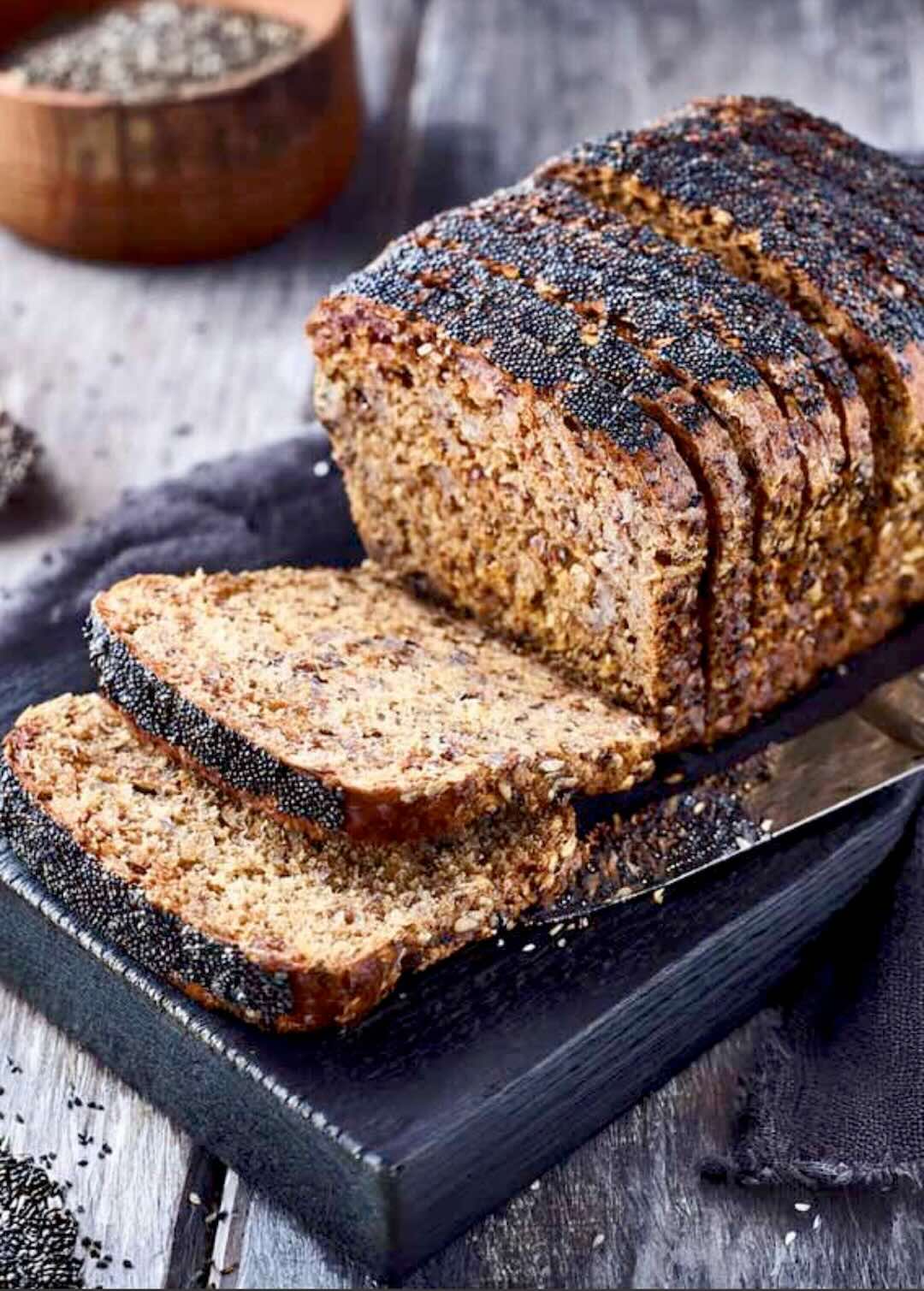

I love Korean BBQ, and the small dishes that are served with the meat are my fave! This is so delicious!
I am loving this recipe so much. Love Korean, and this is my fave side!
This is fantastic!
Sounds as if it would be delicious made with baby bok choy as well. Will definitely be trying this!
wow, this sounds really good, going to make it just to have by itself, thanks for posting